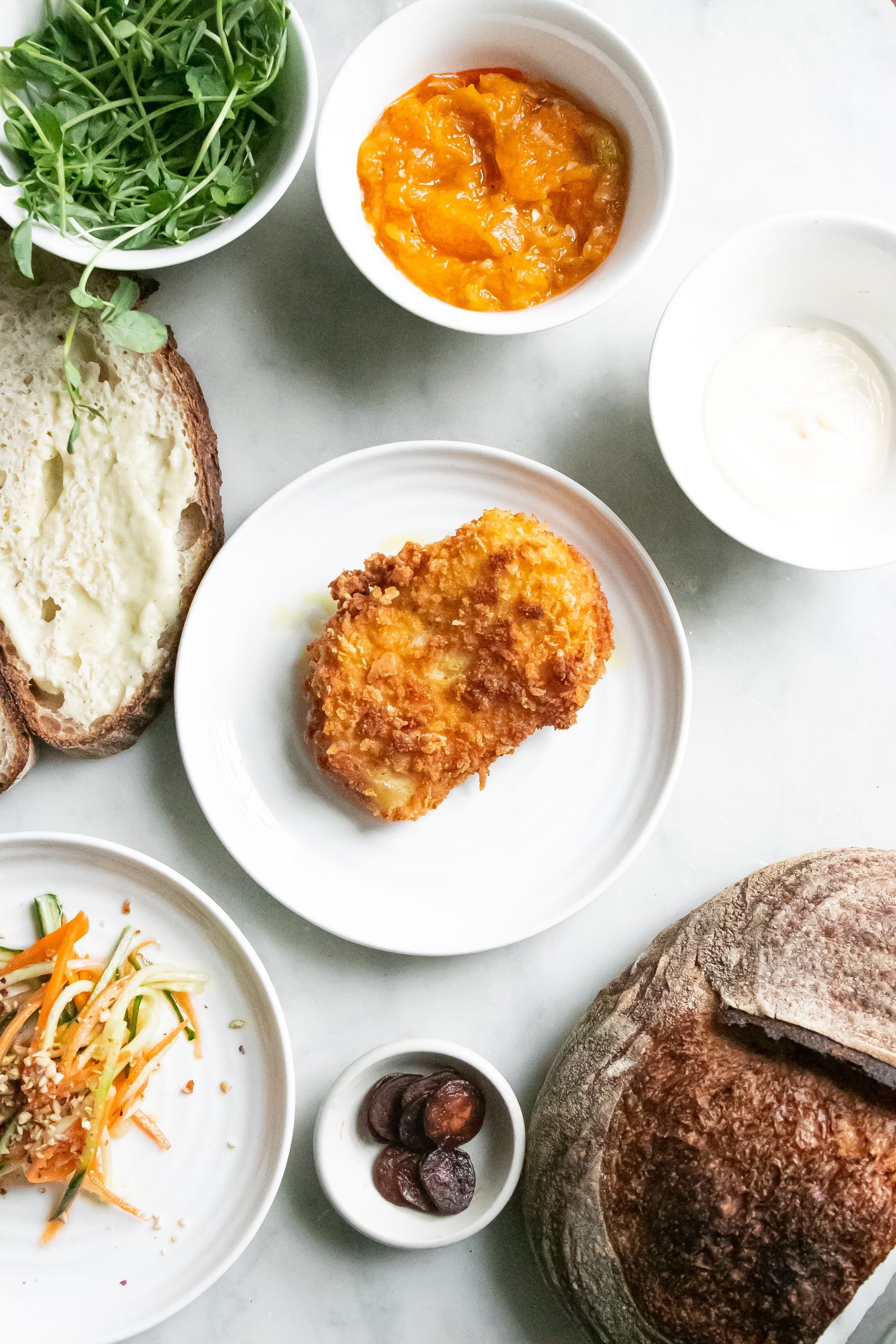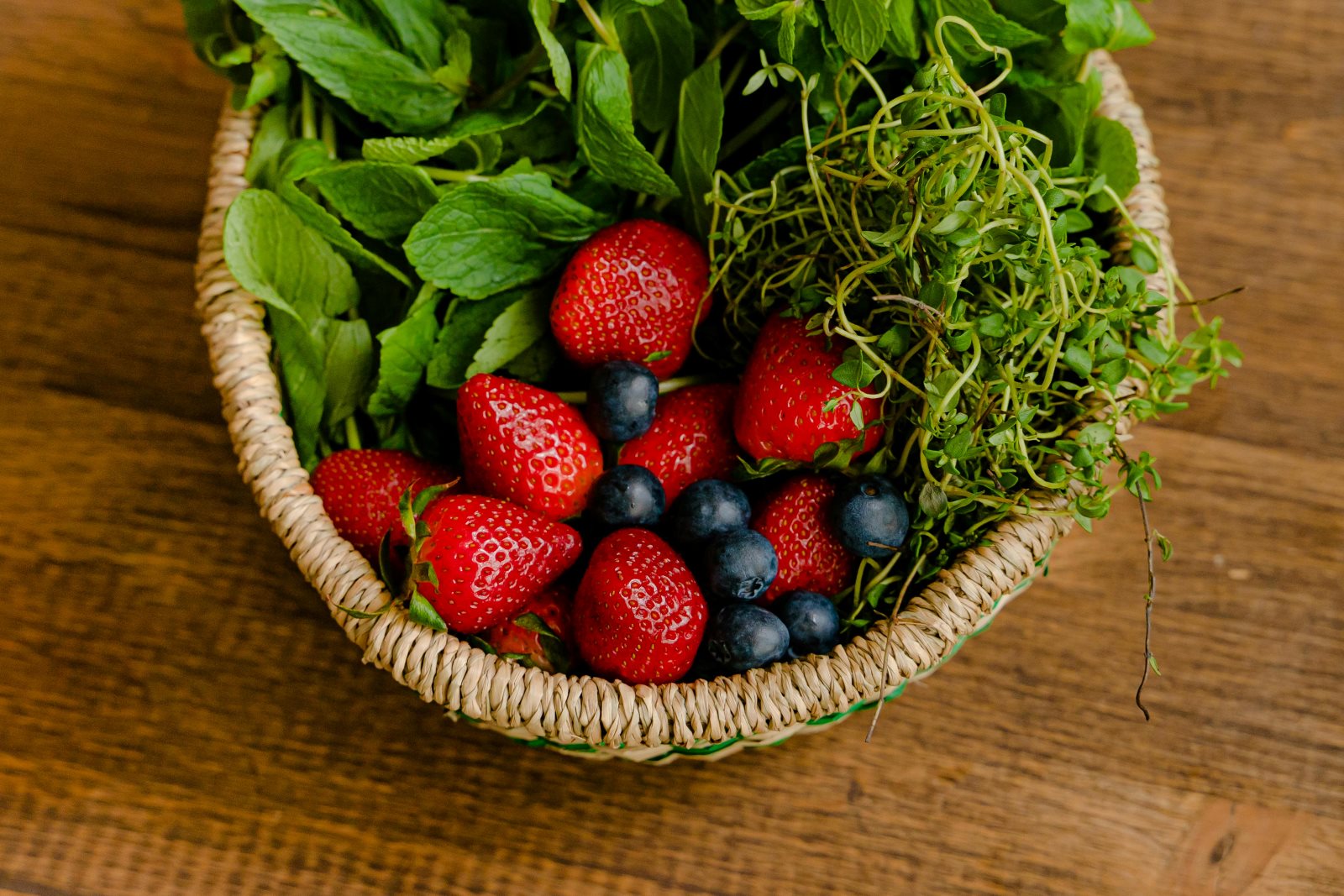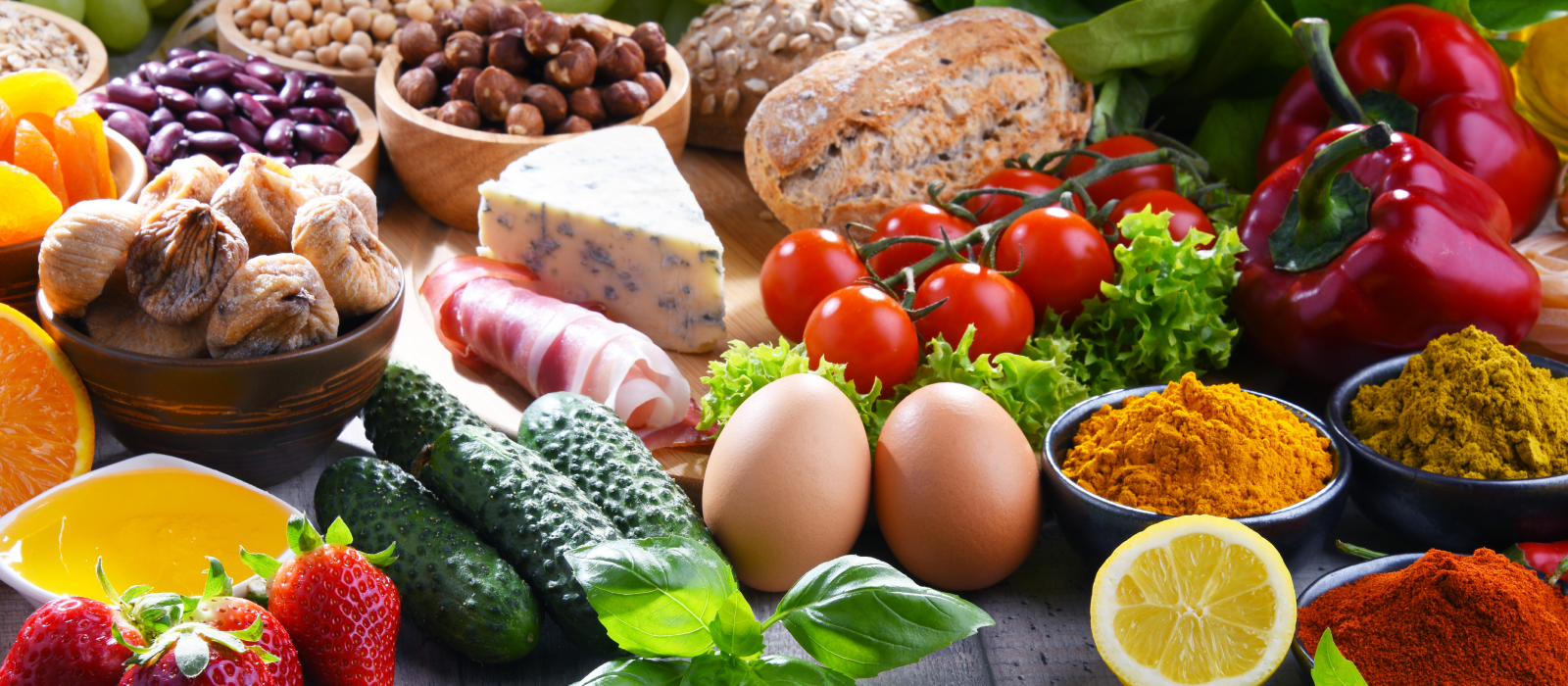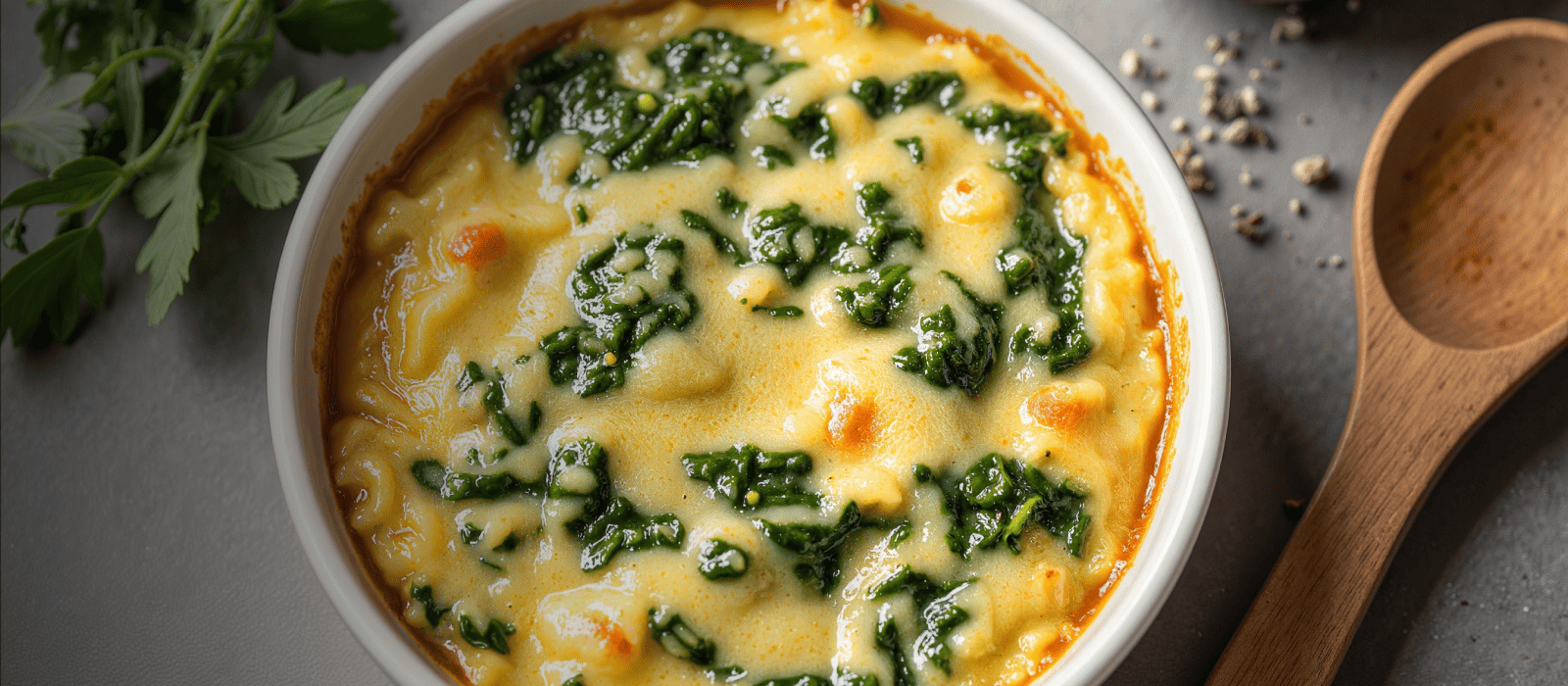
National Food Safety Education Month – Plus Bonus Recipe
September is national food safety education month. Anyone can get sick from foodborne illness, also commonly referred to as food poisoning, but older adults face a greater risk of illness. Each year 1 in 6 Americans gets sick (48 million), 128,000 are hospitalized, and 3,000 die from eating contaminated food, according to the Centers for Disease Control and Prevention.
It’s important to follow the four core practices of food safety: clean, separate, cook, and chill.
1. Clean
Wash hands and surfaces often. Bacteria can spread in your kitchen from food to your hands, surfaces, cutting boards, and utensils very easily. Wash fruits and vegetables under running water, including the outside skin or peel that you do not eat to prevent introduction of bacteria when you cut into the food.
According to the USDA, 99% of people do not wash their hands correctly. Wash your hands with soap and warm water for at least 20 seconds (sing the happy birthday song twice to yourself).
Best practices for washing hands:
- Before and after handling food
- After touching an electronic device (i.e., phone or tablet)
- After using the bathroom
- After changing a diaper
- After handling pets
- After tending to a sick person
- After blowing your nose, coughing, or sneezing
- After handling uncooked eggs or raw meat, poultry, or fish and their juices
2. Separate
It is important to separate foods to avoid cross contamination, which can lead to food borne illnesses. Follow these guidelines for best practice:
- Separate raw meat, seafood, poultry, and eggs from other items in your grocery cart and in your refrigerator.
- Use one cutting board for raw meat, seafood, or poultry and one for fresh produce.
- Do not put cooked food on a plate that previously had raw meat, seafood, or poultry on it.
3. Cook
To kill the bacteria that may cause foodborne illness, food must be cooked to the proper internal temperature. Use a food thermometer to accurately measure the temperature versus judging doneness by the time cooked, or “by eye”. Check out these proper cooking temperatures:
- Poultry (chicken, turkey, duck), cook to 165°
- Ground meat, cook to 160°
- Heat other leftovers to 165°
- When reheating sauces, soups, and gravies, bring to a boil at 212°
- Eggs should be cooked until the white and yolk are firm, not runny
4. Chill
To slow the growth of bacteria, foods need to be chilled below 40° as soon as possible. Follow these best practices to insure your food is safe:
- Refrigerate or freeze food as soon as you get home from the store.
- Do not allow raw meat, seafood, poultry, cooked food, or cut fresh fruits and vegetables to sit at room temperature for more than two hours.
- Do not thaw or marinate food at room temperature. Meat should be thawed in the refrigerator or in a bowl with a steady flow of cold water.
- Divide large amounts of leftovers and store in shallow containers for faster cooling.
- The refrigerator should be 40° or below and the freezer should be 0° or below.
Now that you’ve learned about food safety, enjoy this delicious recipe, which includes food safety instructions!
Parmesan Sesame Chicken
Adapted from fightbac.org
Yield: 4 Servings
Ingredients:
- 4 boneless chicken breasts
- 1 cup breadcrumbs
- 4 tbsp Parmesan cheese
- 4 tbsp sesame seeds
- 4 eggs
Instructions:
- Wash hands with soap and water.
- Preheat oven to 350˚F. Spray a small baking sheet with cooking spray and place it onto the counter.
- In a shallow dish combine breadcrumbs, Parmesan cheese and sesame seeds.
- Break eggs into a small bowl and beat.
- Wash hands with soap and water after handling raw eggs.
- Remove the wrapper from the chicken breasts and dip them into the beaten eggs. Do not rinse raw poultry. Be sure to coat both sides of the breasts. Then dredge the breasts in the bread crumb mixture.
- Place the coated chicken breasts on the baking sheet.
- Wash hands with soap and water after handling uncooked chicken.
- Bake until the internal temperature reaches 165˚F on food thermometer.
Additional resources on food safety are available at the following websites:



